To Ireland, With Love
galacticcelt
19 chapters
16 Apr 2020
Trip to Newgrange
Boyne River Valley, County Meath, Ireland
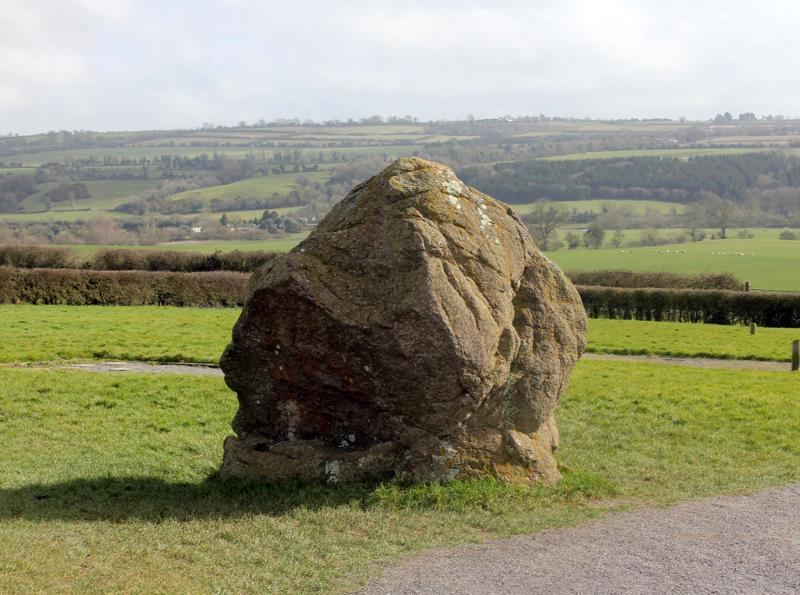
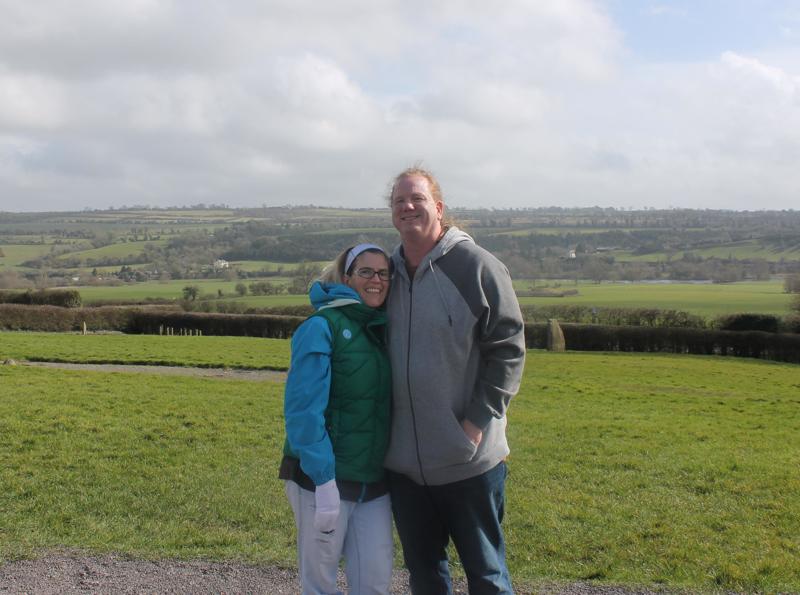
"Newgrange (Irish: Sí an Bhrú or Brú na Bóinne) is a prehistoric monument in County Meath, Ireland, located 8 kilometres (5.0 mi) west of Drogheda on the north side of the River Boyne. It was built during the Neolithic period, around 3200 BC, making it older than Stonehenge and the Egyptian pyramids.
The site consists of a large circular mound with an inner stone passageway and chambers. Human bones and possible grave goods or votive offerings were found in these chambers. The mound has a retaining wall at the front, made mostly of white quartz cobblestones, and it is ringed by engraved kerbstones. Many of the larger stones of Newgrange are covered in megalithic art. The mound is also ringed by a stone circle. Some of the material that makes up the monument came from as far away as the Mournes and Wicklow Mountains. There is no agreement about what the site was used for, but it is believed that it had religious significance. Its entrance is aligned with the rising sun on the winter solstice, when sunlight shines through a 'roofbox' and floods the inner chamber. Several other passage tombs in Ireland are aligned with solstices and equinoxes, and Cairn G at Carrowkeel has a similar 'roofbox'. Newgrange also shares many similarities with other Neolithic constructions in Western Europe, such as Maeshowe in Orkney, Scotland and Bryn Celli Ddu in Wales. It is the most famous monument within the Neolithic Brú na Bóinne complex, alongside the similar passage tomb mounds of Knowth and Dowth, and as such is a part of the Brú na Bóinne UNESCO World Heritage Site. Newgrange consists of approximately 200,000 tonnes of rock and other materials. It is 85 metres (279 ft) wide at its widest point.
After its initial use, Newgrange was sealed for several millennia. It continued to be featured prominently in Irish mythology and folklore, in which it is said to be a dwelling of the deities, particularly The Dagda and his son Aengus. Antiquarians first began its study in the seventeenth century, and archaeological excavations took place at the site in the years that followed. Archaeologist Michael J. O'Kelly led the most extensive of these and also reconstructed the frontage of the site in the 1970s, a reconstruction that is controversial and disputed.
Newgrange is a popular tourist site and, according to the archaeologist Colin Renfrew, is "unhesitatingly regarded by the prehistorian as the great national monument of Ireland" and as one of the most important megalithic structures in Europe."
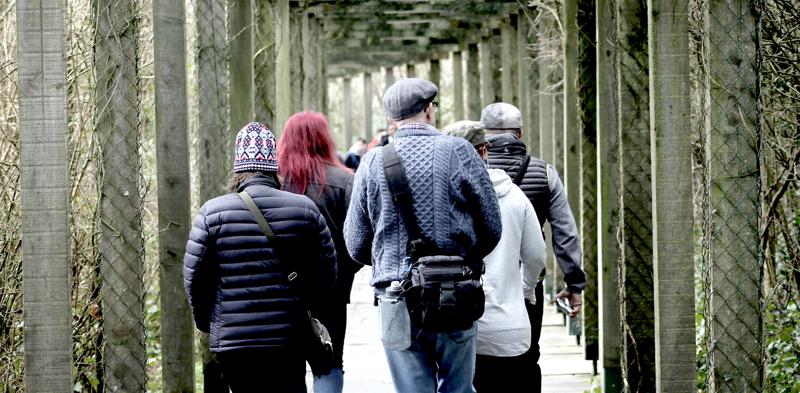
Our first real stop was Newgrange. I had never heard of it before, but am a big fan of historic sites. I got the big camera out to hopefully get some better shots than the cell phone could give and began snapping away. It was a shame it was so overcast, but even as such, the green was just so much more vibrant than what we were used to. The Boyne Valley was full of various sites, buildings and statues. I would love to revisit to see more of them, but today would be Newgrange.
We not only got an informative lesson on what our guide knew of Newgrange, but got to go inside. We were not allowed to take cameras in, but there are pictures and video online of the inner sanctum. For the size of the mound, the inside structure is fairly humble. I had to twist and turn and squat my big body to get through the winding rocky corridor to the inner chamber, but I was moved by the thought that I was inside a structure built 5,000 years ago. Not just outside taking pictures, but actually in. Our guide shared that aside from adding some small lighting inside, nothing inside the monument has been touched or renovated. The 'basins' which housed bones and remains were still in place - carvings on the walls, including those from the late 1800's before it became a recognized site. She demonstrated the 'roofbox' light of the beam of light effect that happens every sunrise of Winter Solstice and how it lit up a beam through the center of the cavern.
I enjoyed the lesson and even more, getting to walk in the paths of the ancients. We looked around the gift shop and had our first meal (mine was a Beef and Guinness Stew - Amy had a Cottage Pie and we shared an amazing desert) This was where we first learned that Ireland was 'Coke' country, as well. Although we were able to find Pepsi at times (or Mountain Dew, but only the Citris Blast), it was predominately Coke wherever we went, so Pepsi drinkers - be aware!

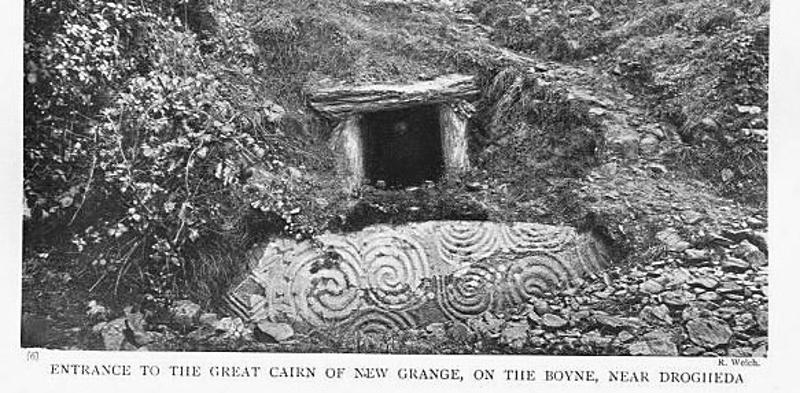

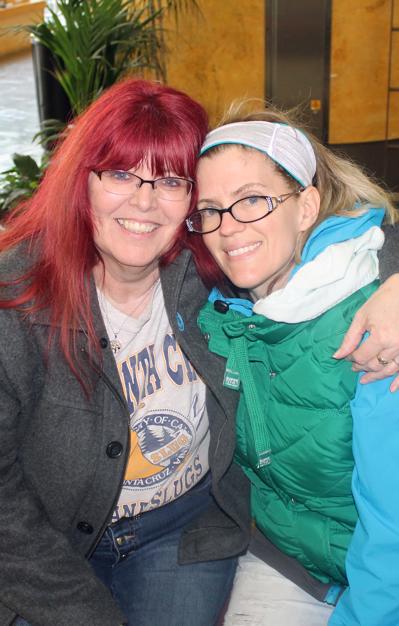
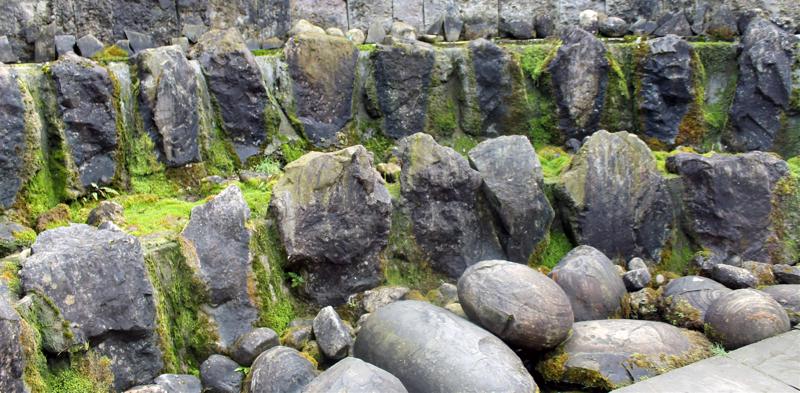
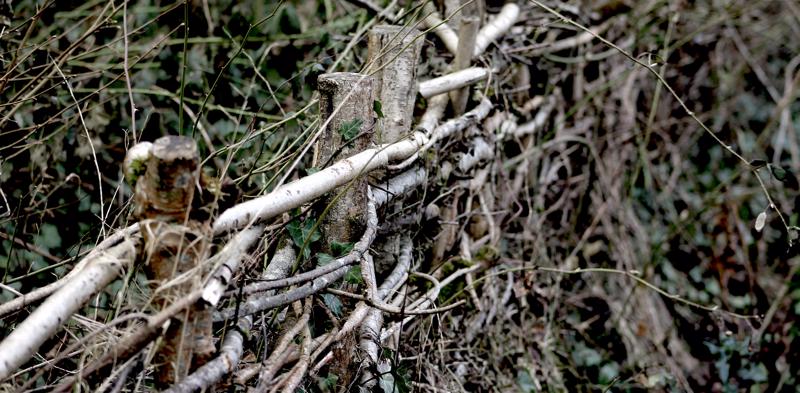
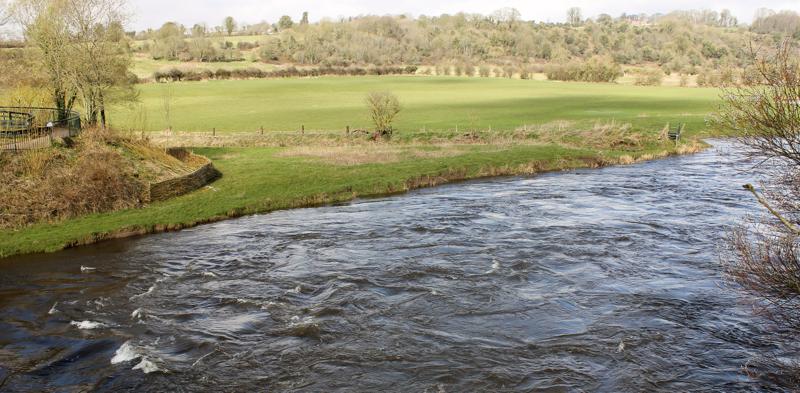

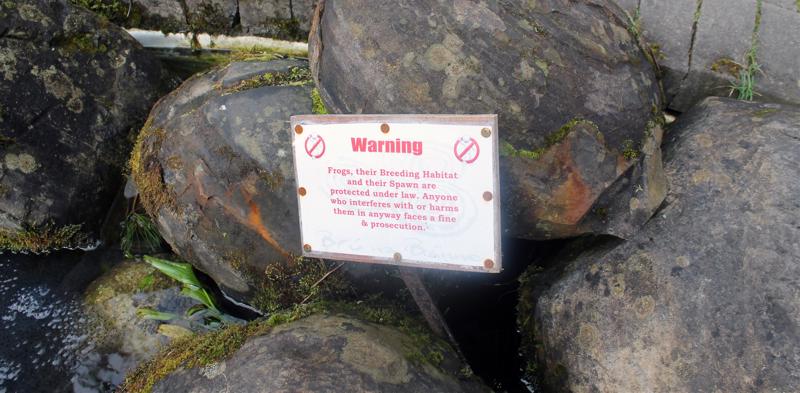


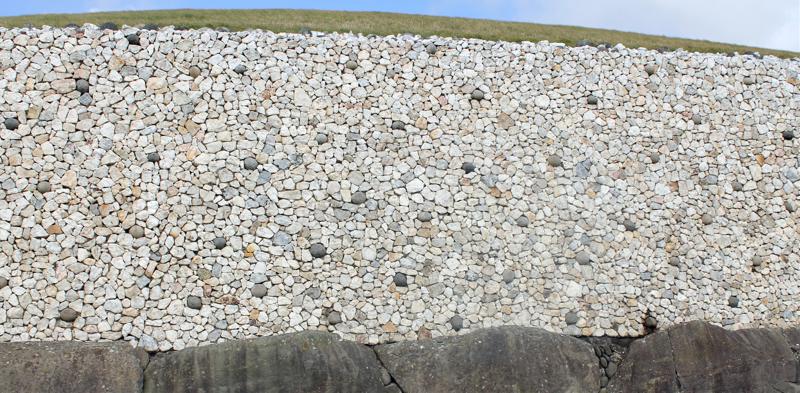

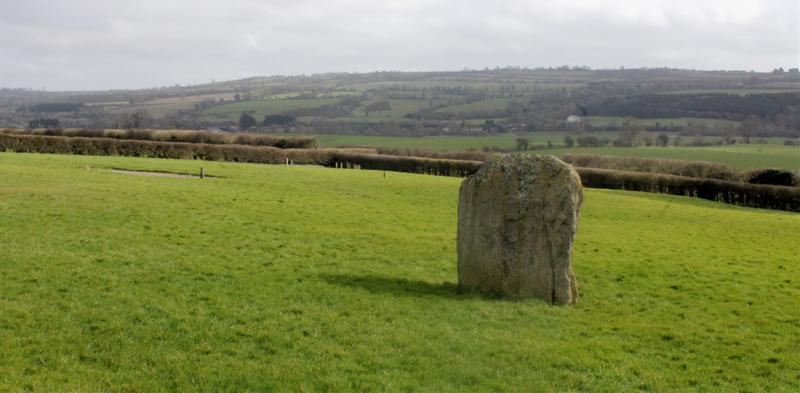
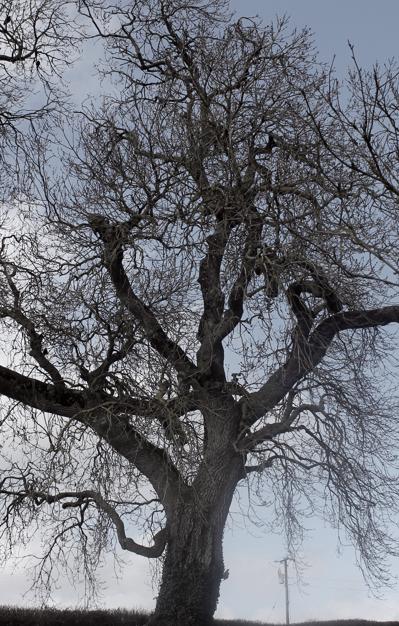
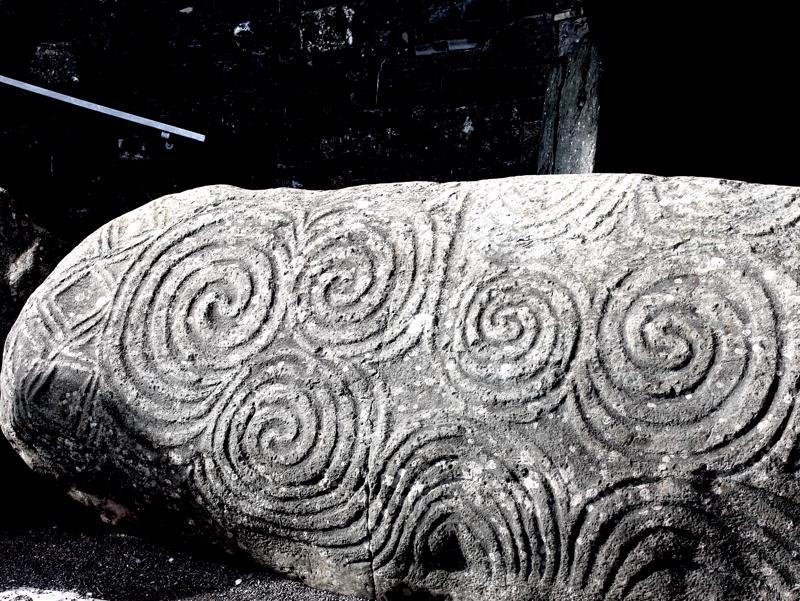


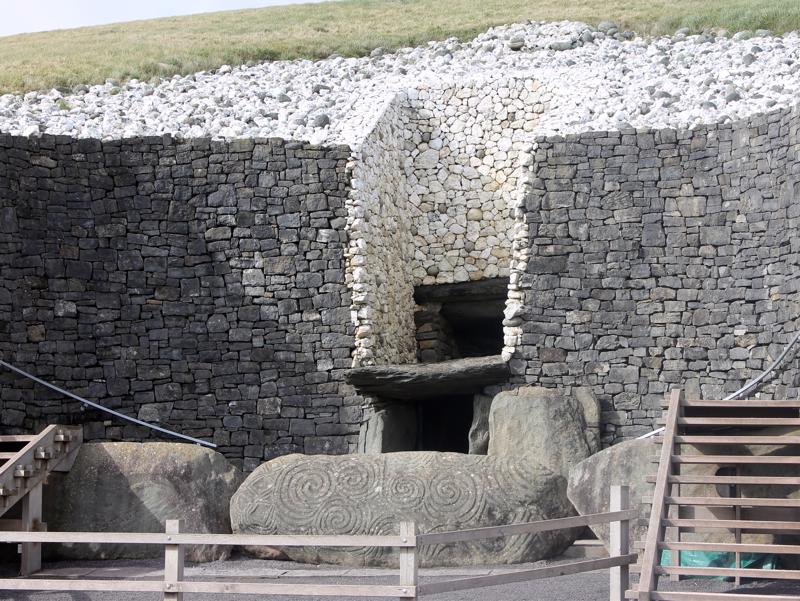
1.
The Surprise
2.
Kansas City to Philly to Dublin
3.
Trip to Newgrange
4.
Irish Side Note - Cars
5.
The Hill of Tara
6.
Finnstown, Lord Lucan and Richie
7.
David Archer
8.
St. Patrick's Day, part 2 - The Pat Strikes Back!
9.
March 18 - Cliffs of Moher and More!
10.
Gap of Dunloe
11.
Getting Lost in Cork
12.
Waterford Day 2
13.
Medieval Museum
14.
The Streets of Waterford
15.
Kilkenny Castle
16.
Clontarf Castle
17.
Dublin at Night
18.
Last Day in Heaven
19.
Slán go fóill
Share your travel adventures like this!
Create your own travel blog in one step
Share with friends and family to follow your journey
Easy set up, no technical knowledge needed and unlimited storage!
© 2025 Travel Diaries. All rights reserved.